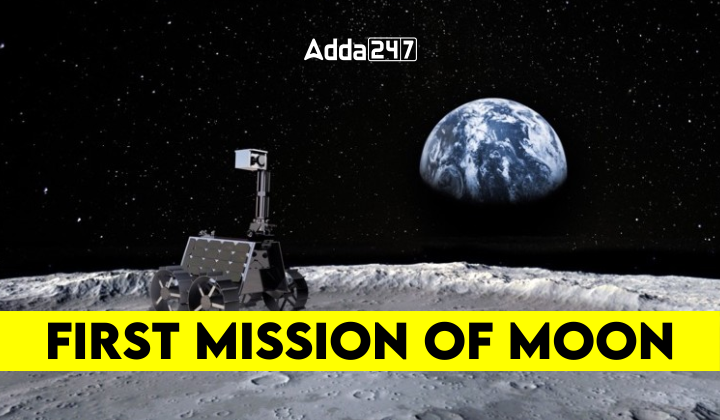The Apollo 11 mission, first mission of Moon, stands as one of the most significant milestones in human history, making the first successful endeavor to land human on the Moon. Apollo 11, launched on 16th July, 1969 and returning on 24th July, captivated the world’s attention and forever altered our understanding of space exploration and human potential.
Launch and Journey to the Moon
The colossal Saturn V Launch Vehicle, standing at 111 meters tall and weighing over 6.6 million pounds, propelled the Apollo 11 spacecraft into space from Cape Kennedy (now Cape Canaveral), Florida.
The crew of Apollo 11 consisted of three astronauts:
- Neil Armstrong: Mission Commander
- Edwin “Buzz” Aldrin: Lunar Module Pilot
- Michael Collins: Commander Module Pilot
Composition of Spacecraft
The spacecraft was comprised of two main parts:
- The commander module: Columbia, where Collins remained in lunar orbit.
- The lunar module: Eagle, which Armstrong and Aldrin used to descend to the Moon’s surface.
Landing and Historic Moonwalk
After entering lunar orbit, Armstrong and Aldrin transferred to the lunar module and prepared for the descent. On 20th July 1969, they initiated a powered descent to the lunar surface. During the descent, the guidance computer triggered alarms due to memory overflows, but the astronauts continued with confidence, successfully maneuvering to avoid a hazardous landing site.
At an altitude of about 15,000 meters, Armstrong took manual control and steered the lunar module to a safer landing spot. As the craft touched down, Armstrong’s words resonated through history: “That’s one small step for a man, one giant leap for mankind.”
Armstrong and Aldrin explored the Moon’s surface for over two hours, conducting experiments, taking photographs and collecting rock and soil samples. They also set up scientific instruments to measure various aspects of the lunar environment. The lunar module’s ascent stage then carried them back to lunar orbit, where they rejoined Collins in the command module.
Return and Legacy of Apollo 11 mission
After rejoining with Collins in lunar orbit, the crew began their journey back to Earth. They splashed down safely in the Pacific Ocean on 24th July 1969. Upon their journey, the crew was placed in quarantine to prevent the potential spread of any lunar microorganisms, though it was unlikely they had encountered any.
The success of Apollo 11 mission was an evidence of human ingenuity, determination and collaboration. It marked the culmination of the Apollo program’s efforts to achieve President John E. Kennedy’s goal of landing humans on the Moon and returning them safely to Earth.
Find More General Studies News Here





 Which City is known as the City of Bambo...
Which City is known as the City of Bambo...
 Who was the First Prime Minister of Indi...
Who was the First Prime Minister of Indi...







